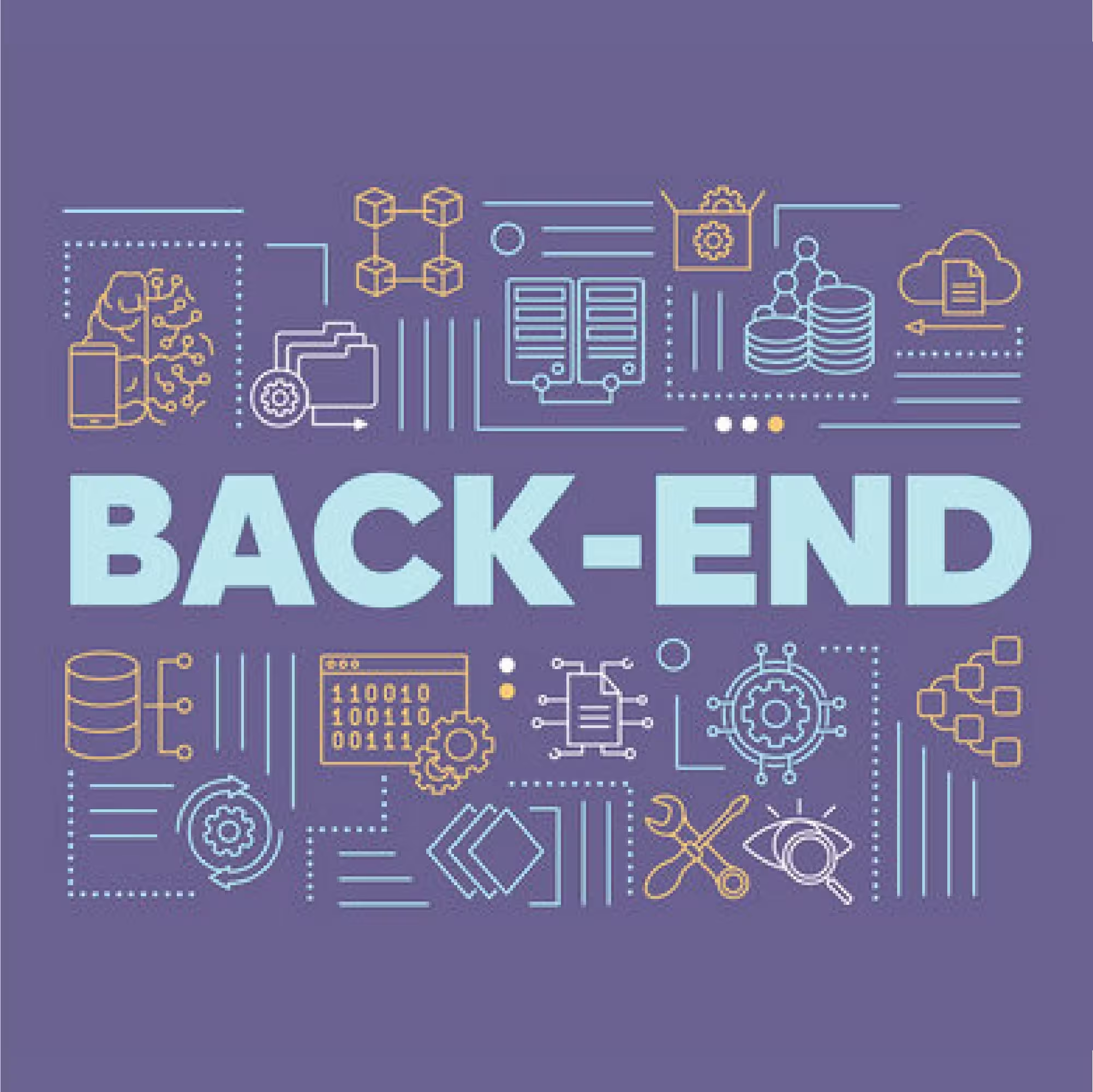Backend Learning Path: Step by Step
Backend Learning Path
Backend development is a major specialization in the world of programming, responsible for the part that happens behind the scenes in applications and websites, including data processing, database management, and servers. If you are interested in this field, here is a comprehensive learning path to succeed in backend development. 1. Understand the Basics: General Programming: Start by learning a basic programming language such as Python, JavaScript, Ruby, or PHP. These languages are widely used in backend development. Algorithms and Data Structures: Understanding algorithms and data structures is crucial for optimizing code performance and writing efficient programs. 2. Learn Web Development Fundamentals: HTTP/S: Learn about the HTTP protocol and request methods such as GET and POST, as well as how HTTPS works for security. RESTful APIs: Understand how to design, build, and consume APIs using REST. 3. Master a Backend Programming Language: Python: A user-friendly language known for frameworks like Django and Flask. JavaScript (Node.js): Provides a fast and versatile runtime environment with the Express.js framework. PHP: A powerful language for building websites with the Laravel framework. Ruby: Known for the Ruby on Rails framework for rapid and efficient application development. 4. Learn Database Management: SQL: Learn how to work with relational databases like MySQL and PostgreSQL. NoSQL: Get to know non-relational databases like MongoDB and CouchDB. 5. Understand Server Management and Hosting: Linux Basics: Learn the basics of the Linux operating system and how to manage it, as it is the most commonly used system on servers. Hosting Services: Get familiar with cloud hosting services like AWS, Google Cloud, Azure, and DigitalOcean. Docker and Kubernetes: Learn how to use containerization tools to efficiently manage and deploy applications. 6. Study Software Security: Data Protection: Learn how to protect data using encryption and Identity and Access Management (IAM). Cybersecurity: Understand fundamental security principles such as securing software against SQL injection and Cross-Site Scripting (XSS) attacks. 7. Build and Develop Practical Projects: Small Projects: Start by building small applications like a blog or a simple e-commerce store to apply what you have learned. Medium Projects: After gaining some experience, build more complex applications like a content management system or an e-learning platform. Contribute to Open Source Projects: Joining open source projects can expand your knowledge and provide opportunities to learn from other developers. 8. Continue Learning and Evolving: Courses and Books: Keep learning through online courses and specialized books. Tech Communities: Join online developer communities like Stack Overflow, GitHub, and Reddit to stay updated with the latest trends and solutions. Conclusion: Learning backend development is a path that requires dedication and patience, but it is a rewarding one. By following these steps and focusing on practical learning, you can build strong skills in backend development and excel in this field.
